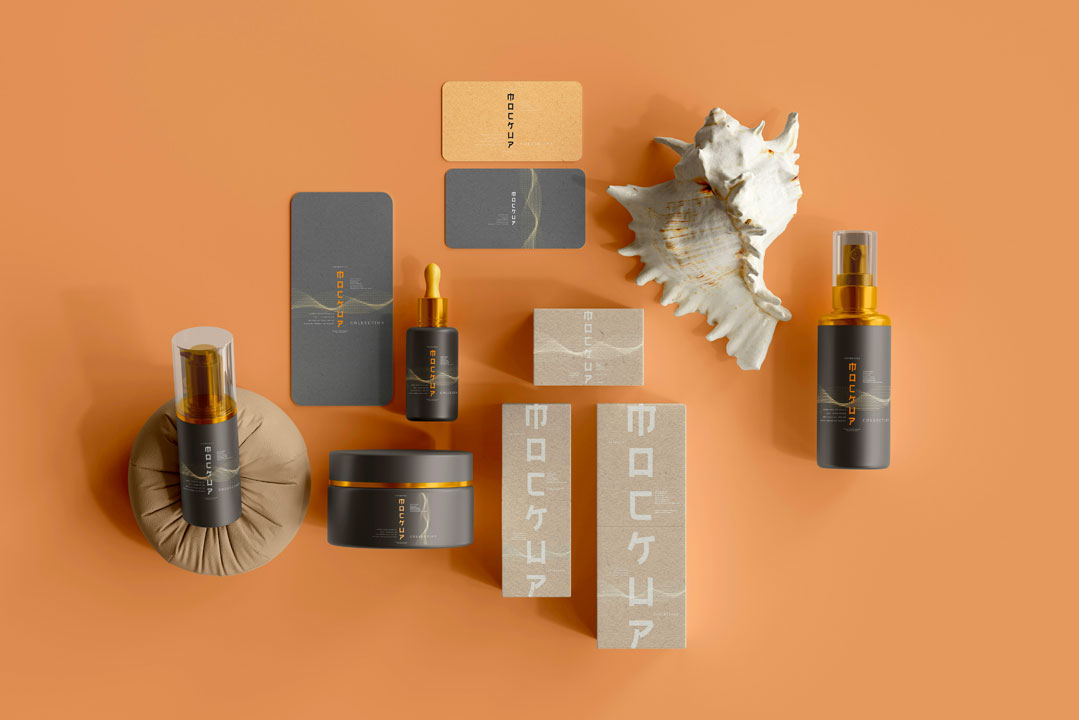Last week, I watched a startup founder present their new brand identity. Beautiful logo, gorgeous colors, typography that sang. Then someone asked about their email signature, and the room went quiet. They hadn't thought about it. Within months, their brand had fractured into a dozen different interpretations across teams.
This is the paradox of modern branding: we obsess over the big moments—the launch, the rebrand, the hero campaign—while the everyday touchpoints slowly drift apart. Your brand doesn't live in your guidelines PDF. It lives in the thousand small decisions your team makes every day.
"The best brand systems design isn't about control—it's about creating boundaries that actually free people to create".
The Architecture of Consistency
Think of brand systems design like building with LEGO. Every piece needs to fit with every other piece, but the combinations should feel endless. Too rigid, and your brand feels robotic. Too loose, and you're that startup with seven different logo variations floating around Slack.
The teams getting this right aren't just documenting rules—they're designing ecosystems. Take Linear's approach. Their design system isn't a rulebook; it's a living toolkit that scales from their product UI all the way down to their changelog updates. Every element knows its job.
What separates good systems from great ones? Intentional constraints. When Pentagram redesigned Mastercard's identity, they didn't just simplify the logo—they built a system so clear that any designer, anywhere in the world, could execute it perfectly. Two circles, specific ratios, done.
Beyond the Style Guide
Most brand guidelines read like instruction manuals for appliances you'll never use. Modern brand systems design flips this—it's less about documentation, more about activation. Your system should answer "how do I make this?" not "what font size is approved?"
I've seen startups transform their entire brand presence by focusing on three things: component libraries in Figma, automated design tokens, and what I call "decision trees"—simple frameworks that help anyone make on-brand choices without checking a 90-page PDF.
"A brand system should feel like a conversation between past decisions and future possibilities—structured enough to maintain identity, flexible enough to evolve."
The smartest teams are treating their brand systems like product features. They version them, test them, iterate on them. When Spotify updates their design system, they don't just push new colors—they run sprints, gather feedback, measure impact.
The Human Layer
Here's what nobody tells you about brand systems design: the best ones account for human nature. People will take shortcuts. Designers will want to experiment. Marketing will need that "one special case" for the big campaign.
Instead of fighting this, build for it. Create escape hatches—controlled ways to break the rules. Studios like Metabrand understand that brand evolution happens at the edges, where systems meet reality. Your system needs to breathe.
I learned this watching Cash App evolve their brand. They built clear foundations—type scale, color logic, grid systems—but left room for expression. Their Instagram doesn't look like their billboards, yet both feel unmistakably Cash App. That's systems thinking.
The Implementation Reality
The gap between design and implementation is where most brand systems fail. You need bridges: design tokens that translate directly to code, components that work across platforms, documentation that developers actually want to read.
This is where tools matter. Figma isn't just for mockups anymore—it's becoming the source of truth for how brands exist across digital touchpoints. Variables, auto-layout, component properties—these aren't just features, they're the infrastructure of modern branding.
Smart brands are also embracing automation. Why manually update 50 templates when your design tokens can cascade changes automatically? Why recreate social media templates when you can build generative systems that maintain consistency while enabling speed?
The Evolution Factor
The best brand systems design acknowledges a truth: your brand will change. Markets shift, products evolve, culture moves. Systems that can't adapt become prisons.
Build for evolution from day one. Use semantic naming (primary-action, not blue-button). Create modular components that can be recombined. Document the why behind decisions, not just the what.
The brands that endure aren't the ones with the strictest guidelines—they're the ones with systems flexible enough to stay relevant while maintaining their core identity. Your brand system isn't a monument. It's a living framework that should grow with your company, your culture, and the humans who bring it to life every day.










